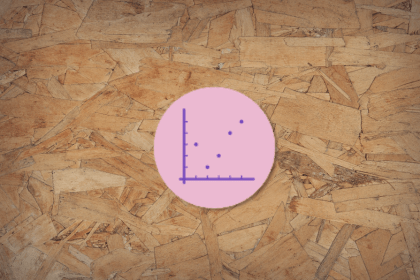
Product-led marketing is a strategy that focuses on the product itself as the main driver of customer acquisition, conversion, and retention.

Feature parity occurs when the features between two versions of a product remain balanced so that the customer experience isn’t impacted.

A launch strategy builds anticipation, maximizes initial sales, and establishes a strong market presence early on.

The digital marketing funnel is a visual representation of the customer’s journey as it moves through online channels.

Augmented products leverage technology and additional services to provide enhanced functionality, convenience, and value to users.

ATDD is an agile methodology involving collaboration to define acceptance criteria before starting any development.

Instead of making an entire upfront investment, the pilot project aims to test something on a reduced scale to assess whether it works.

A well written PRD is one of the most concrete ways you can crystallize your work and provide value for your team.

A data product manager (DPM) is a type of PM who specializes in managing products that are heavily reliant on data.

A product owner sets the direction, keeps the team focused, and ensures that the product becomes a source of value.

By prioritizing brand equity as a key driver of success, you can build enduring relationships with your customers.

By ensuring you have a customer success strategy in place, your product is well on its way to being a hit.